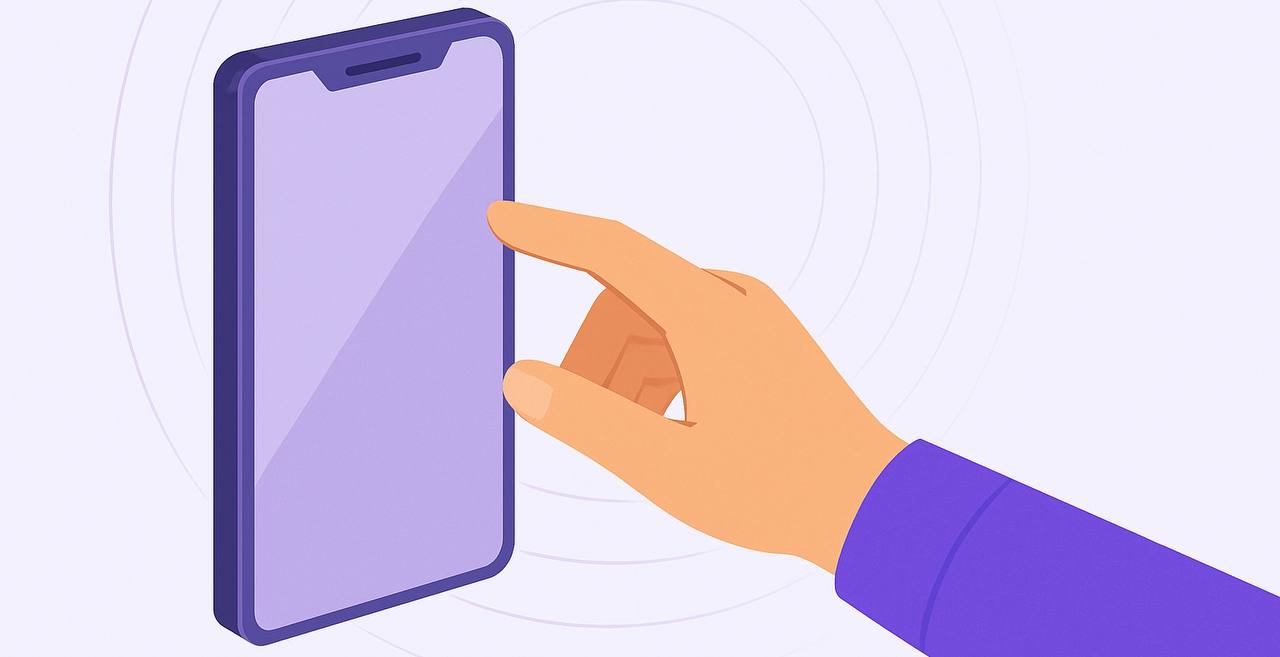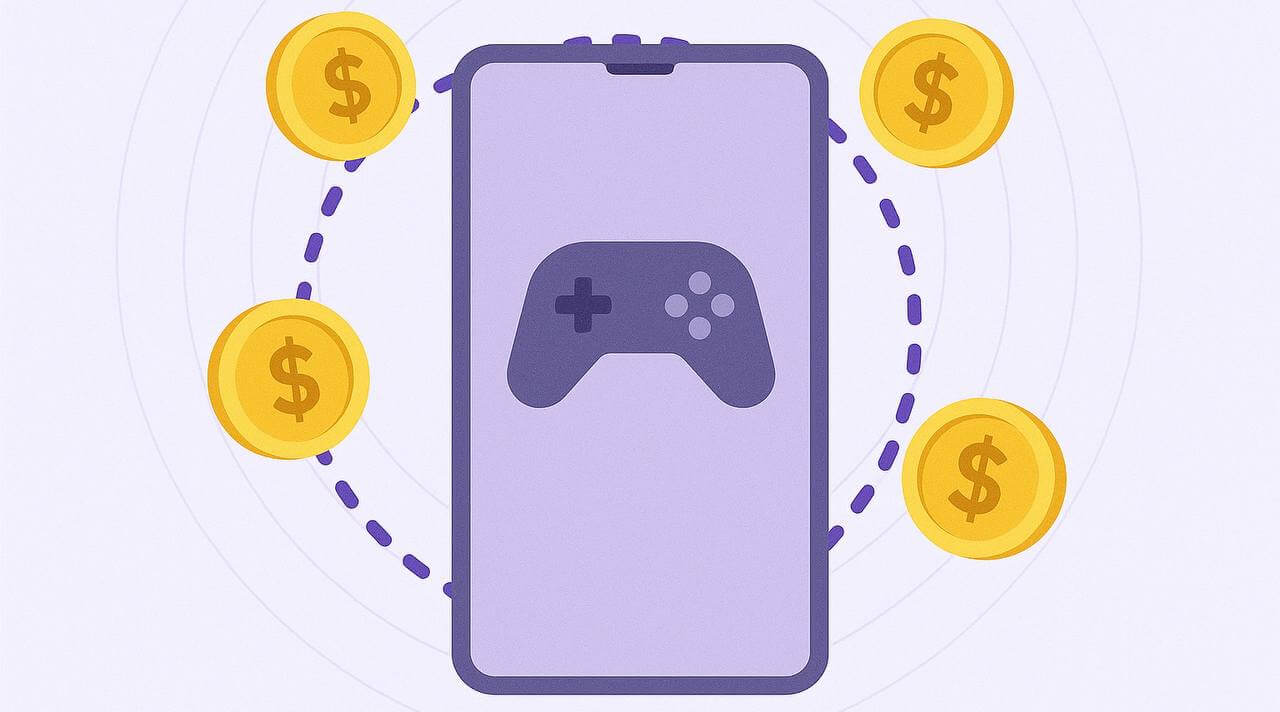Android game monetization has entered a more complex and regulated era. In 2025, Google Play introduced new, stricter transparency requirements under its Ads Policy updates, closely aligning with the European Union’s Digital Markets Act (DMA). These updates require developers to disclose all monetization components, explain their function to users, and ensure that any integrated SDK does not engage in deceptive, intrusive, or undisclosed behaviors. Alongside regulatory changes, public awareness has grown: players now expect transparent, privacy-conscious monetization that doesn’t degrade the user experience. According to the AppsFlyer Performance Index, global ARPDAU for Android games is projected to grow by 15% in 2025—but only for studios that adapt monetization models to deliver value while preserving UX integrity.
Five monetization growth strategies for Android games in 2025
Effective monetization no longer means choosing between engagement and income. The leading studios are designing hybrid stacks that combine silent monetization with behavioral and transactional models to increase both ARPU and LTV. Below are five strategies—expanded with examples—that reflect this trend.
1. Background bandwidth monetization via Infatica SDK. Games can generate revenue by securely contributing unused network bandwidth to business clients through encrypted channels. This operates passively, with minimal CPU (<1%) and battery (<0.5%/day) usage. For example, a match-three puzzle game with a large idle-time segment between levels can use Infatica SDK to monetize those idle moments without altering gameplay pacing.
2. Sub-ID LTV segmentation for campaign optimization. By tagging cohorts with Sub-IDs, developers can measure the lifetime value generated by different acquisition sources—not just from ads and IAP, but also from SDK revenue. This enables targeted scaling of profitable UA campaigns. A studio might discover that players acquired from a specific casual-game cross-promo generate 20% higher combined LTV when background SDK revenue is included, justifying a higher CPI bid.
3. Event-driven subscriptions instead of static paywalls. Rather than placing all premium content behind a single, upfront subscription, event-driven models trigger offers at optimal engagement points. For instance, after a player completes a week of daily logins, the game could offer a discounted subscription bundled with bonus items, increasing conversion while preserving the organic flow.
4. SDK-exclusive revenue streams to stabilize income. During seasonal ad spend downturns, SDK-based income can keep ARPDAU steady. For a trivia game experiencing a 30% eCPM drop in January, background SDK monetization maintained 85% of its December ARPDAU until advertiser budgets recovered in Q2.
5. Branded content and licensing partnerships. Collaborations with IP holders can complement SDK revenue. A seasonal event co-branded with a popular TV show might draw a surge of DAU, with both the event and background SDK monetization contributing to an uplift in total revenue. According to Business of Apps, hybridizing branded content with alternative monetization channels often improves retention during campaigns.
Infatica SDK vs. Rewarded Ads: A direct comparison
| Category | Infatica SDK | Rewarded Ads |
|---|---|---|
| Monetization Coverage | 100% of users | 20–40%, opt-in only |
| UX Intrusion | None (silent) | Medium–High (interrupts gameplay) |
| eCPM Volatility | Stable ($5–$15 avg.) | High variability |
| Battery & Performance | <0.5% battery/day; <1% CPU | Moderate GPU/CPU usage |
| Google Play Compliance | ✅ Fully compliant (DMA, Ads Policy 2025) | ⚠️ Risk if implementation is non-compliant |
| Revenue per DAU | $0.02–$0.10 | $0.02–$0.05 |
How Infatica SDK works—and why it performs

The SDK installs as a lightweight Android module, initializing only after the app’s primary scene is loaded to avoid frame-time spikes. Upon opt-in, it opens encrypted network sessions that route traffic between verified business endpoints. Built-in throttling ensures that no significant network or CPU load occurs during active gameplay. Developers can configure runtime via JSON—restricting activity to Wi-Fi connections, limiting active hours, or capping total daily usage. Independent tests confirm minimal battery and performance impact, with no measurable change in session length or frame pacing in genres like puzzle, idle, or word games.
Its design philosophy mirrors the “silent monetization SDK” model discussed in developer communities such as GameDev.net, where non-intrusive revenue streams are seen as essential for compliance-driven markets.
Puzzle game case study: from flat ARPDAU to growth
In Q1 2025, a puzzle game with 100,000 DAU integrated Infatica SDK. Baseline ARPDAU was $0.05, driven primarily by rewarded video. Within two months, SDK revenue added $0.03 per DAU, and a newly introduced event-driven subscription contributed another $0.01, pushing ARPDAU to $0.09. LTV rose from $1.50 to $1.95—a 30% increase. Projected over twelve months, the SDK’s contribution alone amounted to $1.6M in additional revenue. Operationally, no increase in user complaints, crash rates, or retention dips was observed, validating the “invisible” promise.
From a business perspective, this meant more budget flexibility for UA, the ability to target higher-CPI channels, and better stability during seasonal ad demand drops. From a product perspective, it allowed the design team to keep the core loop untouched, avoiding the risk of feature churn that often comes with major monetization changes.
Google Play 2025 compliance in practice
Compliance now demands more than a check-the-box privacy policy. To meet Google Play’s 2025 Ads Policy, a developer must ensure that the SDK is declared in app metadata and privacy documentation, that opt-in and opt-out choices are respected at runtime, and that activity is throttled or paused during foreground gameplay to protect UX. Consent logs should be stored securely for auditing, and only encrypted, verified routing should be used for network activity. By proactively adopting these measures, developers not only meet platform requirements but also build trust with their player base—trust that translates into higher retention and willingness to engage with premium content.
Conclusion
Silent monetization via SDKs like Infatica is opening a new chapter in Android game monetization. By capturing value from 100% of the user base without introducing friction, developers can complement ads and IAP, reduce dependency on volatile ad markets, and align with the privacy-first future of the app ecosystem. As regulation tightens and user expectations rise, non-intrusive monetization will shift from “nice to have” to a competitive necessity.
Get in touch |
